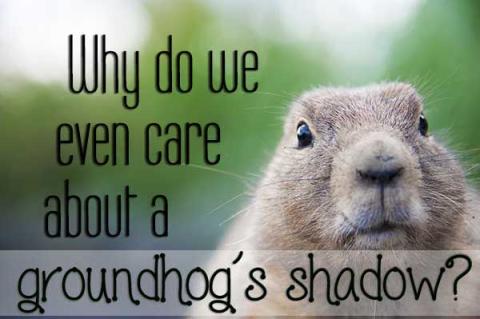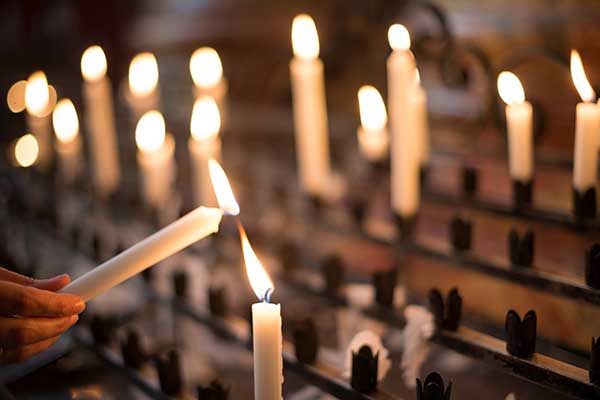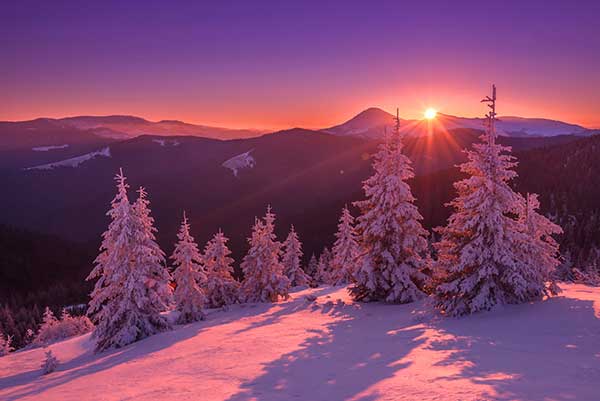How Candlemas Became Groundhog's Day

If you’ve never heard of Candlemas, don’t worry, you’re not alone. Candlemas is a Catholic celebration that goes back hundreds of years in Europe. It celebrates Jesus being taken into the Temple of Jerusalem 40 days after his birth. It is still widely celebrated across Europe and in some South American countries, but in North America it’s almost never heard of. That’s because here in the United States and Canada February 2nd – the date of Candlemas – has become something else entirely.

Candlemas has long been associated with weather predictions. This started with the lighting of candles, a longstanding tradition on Candlemas. How long the wax burned came to represent how long the remaining winter would last. The evolved into the belief that bright and sunny weather on Candlemas signified a longer winter and cloudy or rainy weather signified a shorter one. This is how the shadow came to be associated with the length of winter. A sunny day means seeing more shadows.

The Scottish, the English, and the Germans all have similar rhymes about the weather on Candlemas, but it is the Germans we have to thank for Groundhog’s Day. The Germans were the ones to connect this tradition to an animal: a hedgehog, in their case. It is unclear as to how this tradition came to be, but it was widespread amongst the German people. When German immigrants came to America, they brought this tradition with them, only there weren’t any hedgehogs in New England, so they used the closest thing they could find, the groundhog, to predict the weather instead. This tradition grew popular and, like all holidays in America, was commercialized to become what it is today. And Candlemas, a religious holiday with nothing to do with groundhogs, was slowly but surely forgotten by mainstream America.



